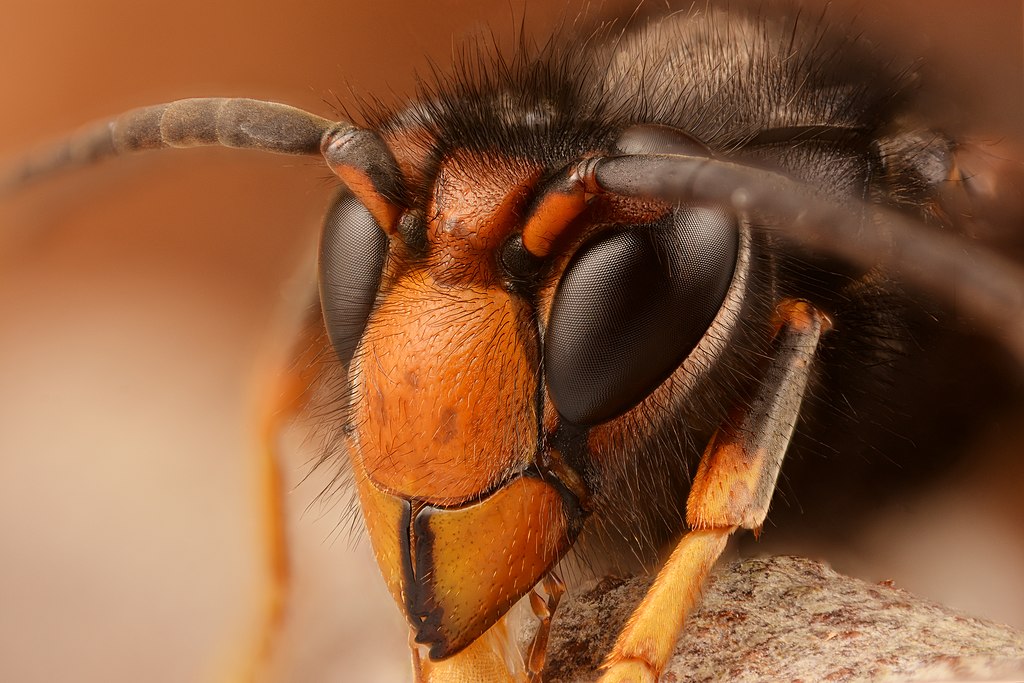Remember when “murder hornets” dominated every news cycle back in 2020? The phrase alone sent shivers down spines across America, conjuring images of giant, killer insects ready to decimate everything in their path. But what if the real story behind these so-called murder hornets was far more complex than the sensationalized headlines suggested? The truth about Asian giant hornets reveals a fascinating tale of ecological balance, scientific misunderstanding, and media hysteria that tells us as much about human psychology as it does about insect behavior.
The Birth of a Terrifying Nickname
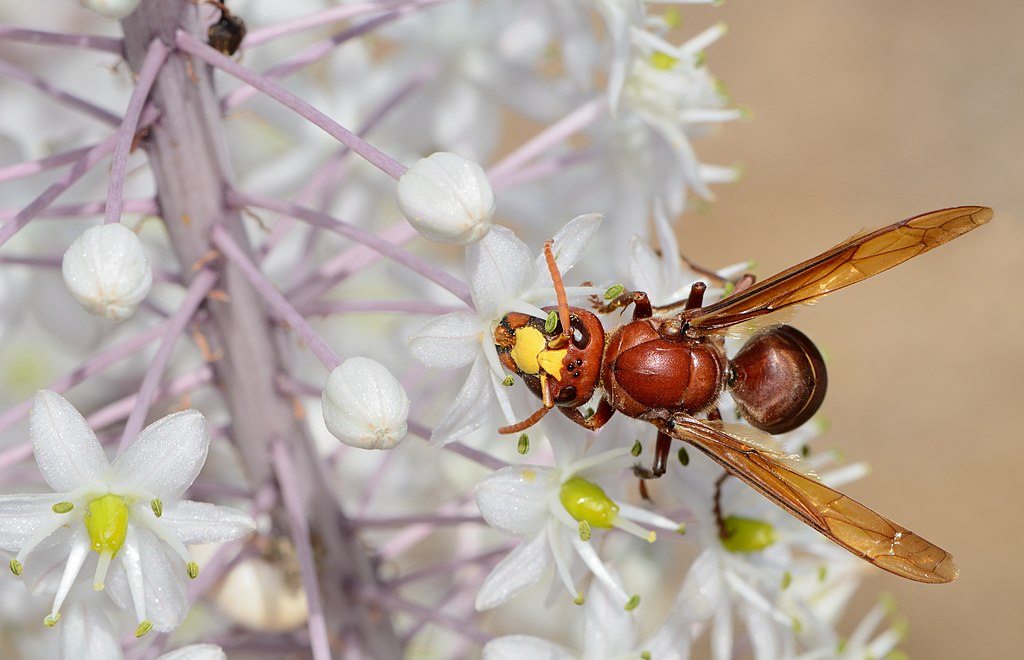
The term “murder hornet” wasn’t coined by scientists or entomologists. It emerged from Japanese media coverage of these insects, which locals called “suzumebachi” or sparrow bee, referencing their impressive size. When translated into English, sensationalized reporting transformed these creatures into something far more sinister sounding. The Asian giant hornet, scientifically known as Vespa mandarinia, earned its fearsome reputation through a combination of size and behavior that genuinely sets it apart from other hornets. These insects can grow up to 2.2 inches long with a wingspan reaching 3 inches, making them the largest hornets in the world. Their mandibles are so powerful they can decapitate entire honeybee colonies in what’s known as a “slaughter phase.”
Meet the Real Asian Giant Hornet

Asian giant hornets are remarkable creatures that have evolved over millions of years in the forests of Asia. Their orange and black coloration serves as a warning to potential predators, while their large compound eyes give them exceptional vision for hunting. These hornets are skilled flyers, capable of reaching speeds up to 25 miles per hour. What makes them particularly impressive is their social structure. Like other hornets, they live in colonies with a clear hierarchy centered around a queen. Worker hornets can live for several months, while queens can survive through winter to establish new colonies each spring. Their nests, often built in tree hollows or underground burrows, can house hundreds of individuals during peak season.
The 2020 Media Frenzy Explained

The murder hornet hysteria reached fever pitch in May 2020, coinciding with the early months of the COVID-19 pandemic when people were already anxious about threats to their health and safety. News outlets seized on the dramatic name and ran with stories that painted these insects as an imminent danger to American ecosystems and human lives. Social media amplified the panic exponentially. Viral videos showed these hornets attacking beehives, their impressive size compared to human hands, and dramatically narrated encounters that emphasized their potential lethality. The timing couldn’t have been worse – or better, depending on your perspective – as people stuck at home consumed this content voraciously. What many reports failed to mention was that Asian giant hornets had been spotted in North America before 2020. The difference was the scale of media attention and the catchy nickname that made these insects seem like a new apocalyptic threat.
Separating Fact from Fiction

The reality about Asian giant hornet danger to humans is far more nuanced than headlines suggested. While their stings are indeed painful and potentially dangerous, they’re not aggressive toward humans unless directly threatened or defending their nests. In Japan, where these hornets are native, they cause approximately 30-50 deaths annually – tragic, but hardly the mass casualty event that media coverage implied. Most human fatalities occur when people accidentally disturb nests or when individuals experience severe allergic reactions. The hornets’ primary interest lies in hunting other insects, particularly honeybees, rather than attacking humans. Their stinger, while impressive at about 6 millimeters long, delivers venom that’s actually less toxic per unit than many smaller hornets.
The Real Environmental Concerns

The genuine worry about Asian giant hornets isn’t their threat to humans – it’s their potential impact on already struggling bee populations. These hornets are incredibly efficient at wiping out entire honeybee colonies, which could devastate ecosystems dependent on pollination. A single hornet can kill dozens of bees in minutes, and a small group can destroy a hive containing thousands of bees. North American honeybees lack the defensive strategies that their Asian counterparts have evolved over millennia. Japanese honeybees, for instance, have developed a remarkable defense called “heat-balling,” where they surround an invading hornet and vibrate their flight muscles to create lethal heat. Our bees simply don’t have this evolutionary adaptation. The economic implications are staggering. Honeybees contribute billions of dollars annually to agricultural pollination in North America. Even a small established population of Asian giant hornets could disrupt local ecosystems and agricultural production significantly.
How They Actually Arrived in North America

The most likely explanation for Asian giant hornets’ arrival in North America involves accidental human transport. These insects probably hitched rides in cargo containers, ships, or even vehicles traveling between Asia and North America. Climate change may have also created more favorable conditions for their survival in previously inhospitable regions. The first confirmed sighting in North America occurred in British Columbia, Canada, in August 2019. Shortly after, specimens were found in Washington State, suggesting either multiple introduction events or successful reproduction from an initial population. Genetic analysis of captured specimens helps scientists understand whether these represent single or multiple introductions.
The Science Behind Their Hunting Behavior

Asian giant hornets are apex predators in the insect world, employing sophisticated hunting strategies that have evolved over millions of years. They use chemical markers called pheromones to communicate with other hornets about food sources and coordinate attacks on beehives. Scout hornets mark productive hives with pheromones that attract other workers to join the assault. Their hunting technique is brutally efficient. During the “slaughter phase,” hornets decapitate bees with their powerful mandibles, then occupy the hive to harvest bee larvae – a protein-rich food source for their own young. A small group of hornets can completely destroy a hive containing 30,000 bees in just a few hours. These hornets also hunt individually, catching other insects mid-flight with remarkable precision. Their large eyes and powerful flight muscles make them formidable aerial predators capable of taking down beetles, mantises, and other large insects that smaller hornets couldn’t handle.
Global Distribution and Native Habitats
Asian giant hornets naturally occur across a vast range of Asian countries, from Russia and China to Japan and parts of Southeast Asia. They thrive in temperate forests where they can find suitable nesting sites and abundant prey. Their native range experiences seasonal temperature variations similar to many parts of North America, explaining their potential for establishment here. In their native habitats, these hornets play important ecological roles as both predators and prey. They help control populations of various insects while serving as food sources for birds, mammals, and even other insects. Some Asian cultures have traditionally harvested hornet larvae as a delicacy, considering them a nutritious protein source. The hornets’ life cycle is closely tied to seasonal changes. Queens emerge from hibernation in spring, establish new colonies, and produce workers throughout summer. By fall, new queens and males are produced for mating, after which the colony dies off except for fertilized queens that overwinter.
Detection and Monitoring Efforts
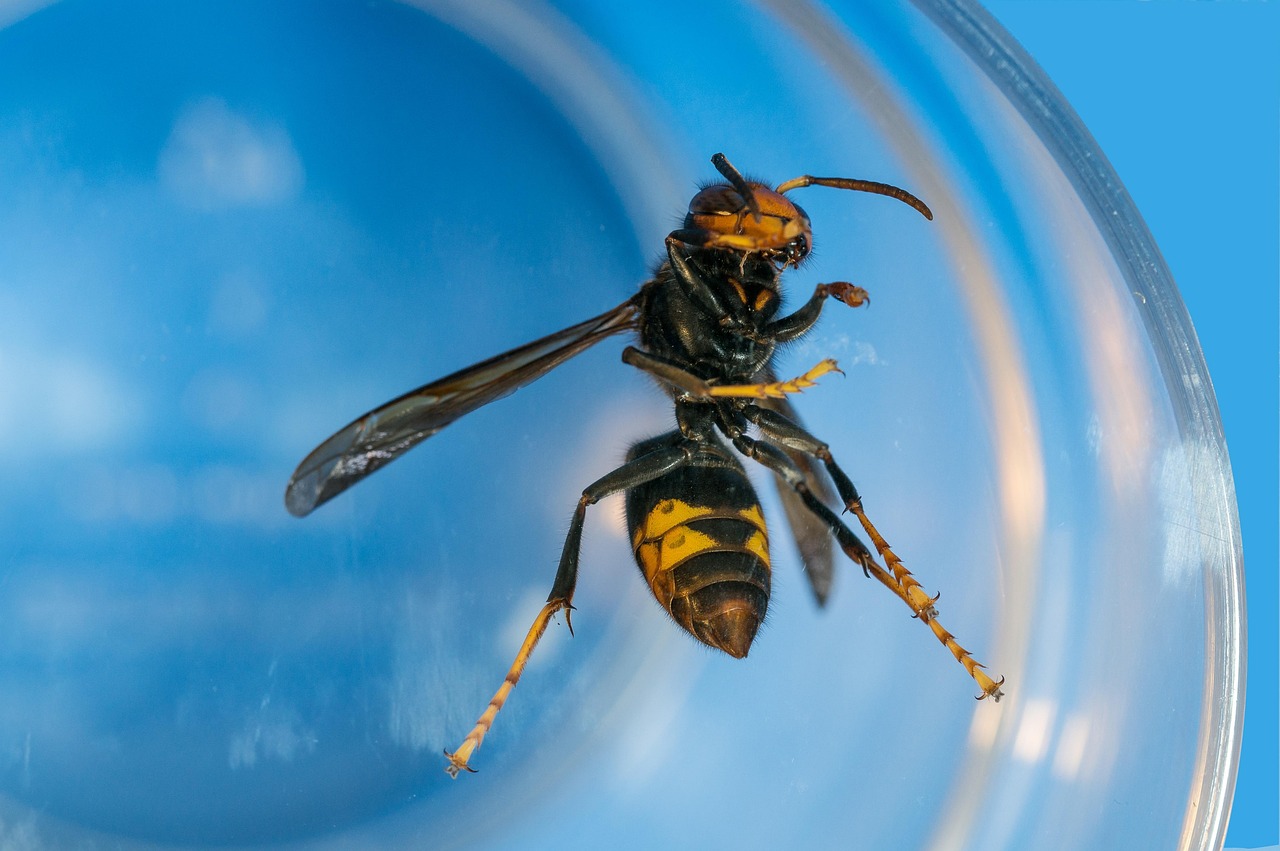
Following the 2020 media attention, government agencies and scientists launched extensive monitoring programs to track Asian giant hornet populations. These efforts involve multiple detection methods, including pheromone traps, citizen science reporting, and genetic analysis of captured specimens. The Washington State Department of Agriculture developed sophisticated tracking techniques, including attaching radio transmitters to captured hornets to locate their nests. This technology allows researchers to follow hornets back to their colonies, which can then be eliminated before they establish permanent populations. Citizen scientists play a crucial role in monitoring efforts. Apps and websites allow people to report suspected sightings, though many reports turn out to be native species like European hornets or large wasps. Educational campaigns help people distinguish between Asian giant hornets and look-alike species.
The Eradication Success Story
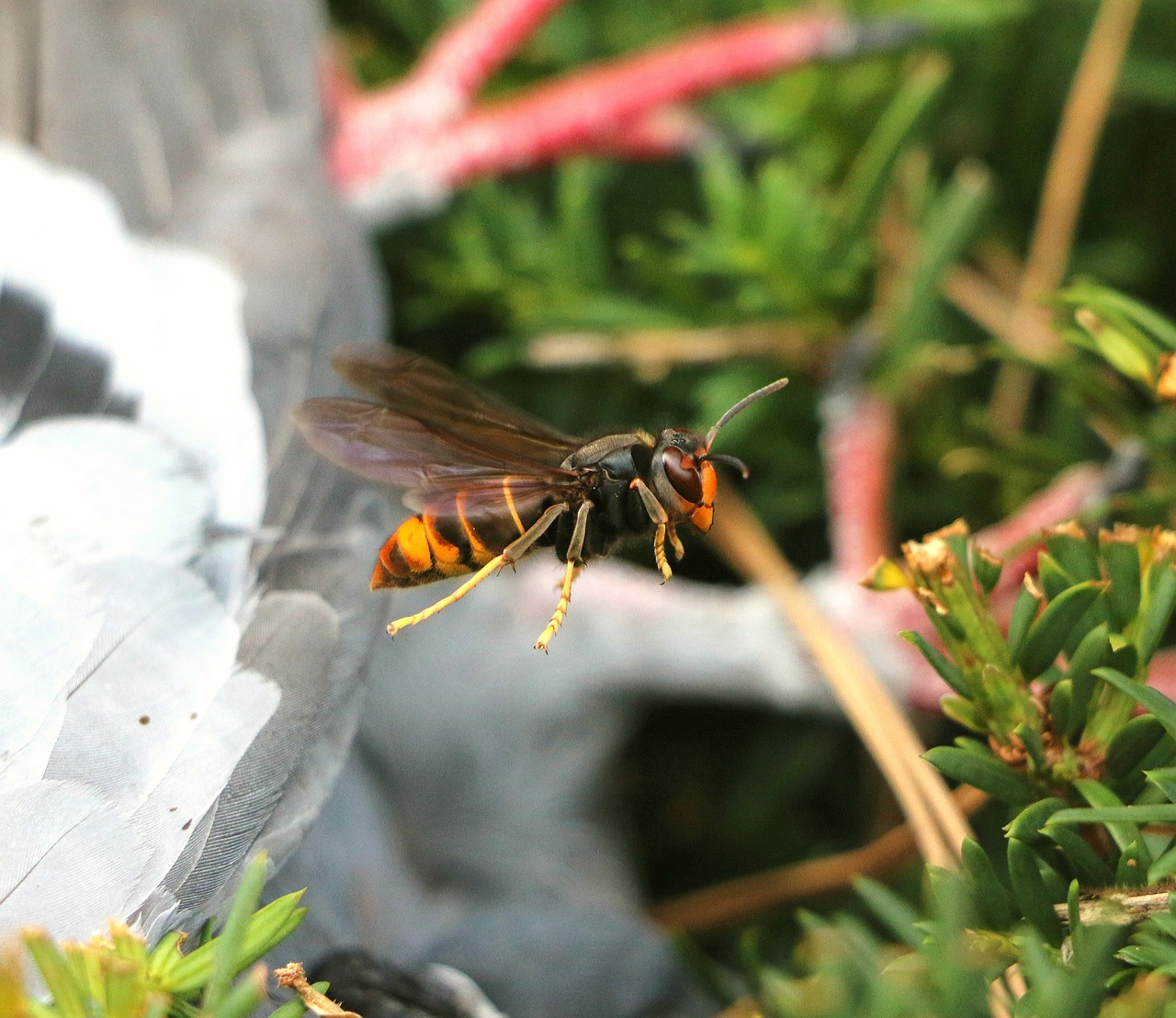
Despite initial fears, eradication efforts have shown remarkable success. As of 2024, no confirmed Asian giant hornet nests have been found in North America for several years. The combination of intensive monitoring, public awareness, and rapid response protocols appears to have prevented establishment of breeding populations. This success story demonstrates that early detection and rapid response can effectively address invasive species threats. The coordinated effort between government agencies, researchers, and the public created a surveillance network that likely prevented a much larger ecological disaster. However, scientists remain vigilant. The success doesn’t mean the threat is permanently eliminated – new introductions could occur at any time through continued global trade and travel. Maintaining monitoring programs and public awareness remains crucial for long-term protection.
Native Hornet Species: The Confused Victims
One unfortunate consequence of the murder hornet hysteria was increased persecution of native hornet and wasp species. Many beneficial insects faced unnecessary killing as people became paranoid about any large flying insect. European hornets, which have been in North America for over 160 years, suddenly found themselves targeted despite their generally benign nature. Native species like bald-faced hornets and yellow jackets, while sometimes aggressive, play important roles in ecosystems by controlling pest insect populations. These species also face pressures from habitat loss and climate change, making unnecessary persecution particularly problematic. Educational efforts now focus on helping people distinguish between Asian giant hornets and native species. Size alone isn’t enough – color patterns, behavior, and geographic location all provide important identification clues.
Lessons from Japan’s Coexistence
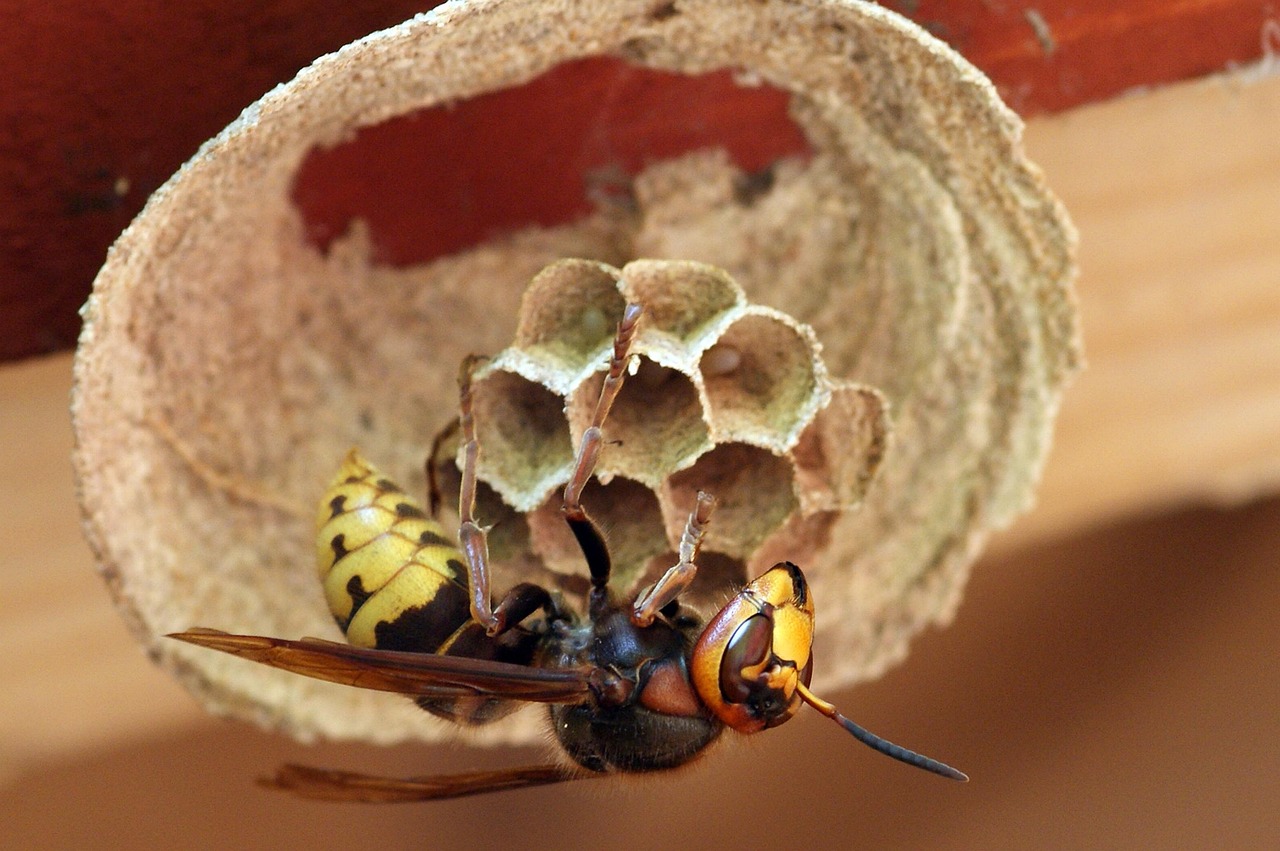
Japan offers valuable insights into living alongside Asian giant hornets. Despite their fearsome reputation, Japanese society has developed strategies for coexistence that minimize both ecological damage and human casualties. Professional exterminators use specialized techniques to remove nests safely, while beekeepers employ protective equipment and management practices to protect their hives. Traditional Japanese knowledge includes understanding seasonal patterns of hornet activity and recognizing warning signs of nearby nests. Rural communities often coordinate removal efforts and share information about nest locations. This cultural adaptation demonstrates that coexistence is possible with proper knowledge and precautions. Japanese research has also contributed significantly to understanding hornet biology and developing control methods. Their long experience with these insects provides a roadmap for other regions facing potential invasion.
The Role of Climate Change
Climate change may be expanding the potential range of Asian giant hornets by creating more suitable habitats in regions previously too cold for their survival. Rising temperatures and changing precipitation patterns could allow these insects to establish populations further north and in different ecological zones. Warmer winters might increase queen survival rates, while longer growing seasons could allow colonies to produce more reproductive individuals. These changes could make future invasion attempts more likely to succeed, requiring continued vigilance and adaptation of monitoring strategies. Understanding these climate connections helps scientists predict where future invasions might occur and prepare appropriate responses. It also highlights the interconnected nature of global environmental challenges.
Media Responsibility and Scientific Communication

The murder hornet episode reveals important lessons about science communication and media responsibility. Sensationalized coverage can create unnecessary panic while distracting from genuine environmental concerns. The focus on dramatic imagery and fear-inducing language overshadowed nuanced discussions about invasive species management and ecological impacts. Scientists and communicators have learned valuable lessons about engaging with media during crisis situations. Clear, accurate information delivered promptly can help prevent misinformation from spreading. Building relationships with journalists and providing accessible expert commentary becomes crucial during emerging situations. The experience also highlights the importance of scientific literacy among the general public. Better understanding of biological concepts and risk assessment could help people evaluate sensationalized claims more critically.
Looking Forward: Vigilance Without Panic
The murder hornet saga teaches us that effective invasive species management requires balanced approaches combining scientific rigor with public engagement. Continued monitoring remains essential, but panic-driven responses often do more harm than good. The success in preventing Asian giant hornet establishment demonstrates that measured, coordinated responses can effectively address invasive species threats. Future challenges will require similar approaches – early detection systems, rapid response protocols, and public education that emphasizes both genuine risks and appropriate responses. The lessons learned from this experience will inform how we handle future invasive species concerns. Perhaps most importantly, the murder hornet episode reminds us to question sensationalized claims and seek reliable information from scientific sources. In our interconnected world, both invasive species and misinformation can spread rapidly – but knowledge and preparedness remain our best defenses against both.
Conclusion

The murder hornet phenomenon ultimately revealed more about human psychology than hornet biology. While these insects pose genuine ecological concerns, the apocalyptic rhetoric obscured the real issues and practical solutions. The successful monitoring and control efforts demonstrate that science-based approaches, combined with public awareness and coordinated response, can effectively address invasive species threats without descending into panic. As we face future environmental challenges, this experience offers valuable lessons about balancing legitimate concerns with measured responses. What other “crises” might benefit from this same careful, scientific approach rather than sensationalized fear?

